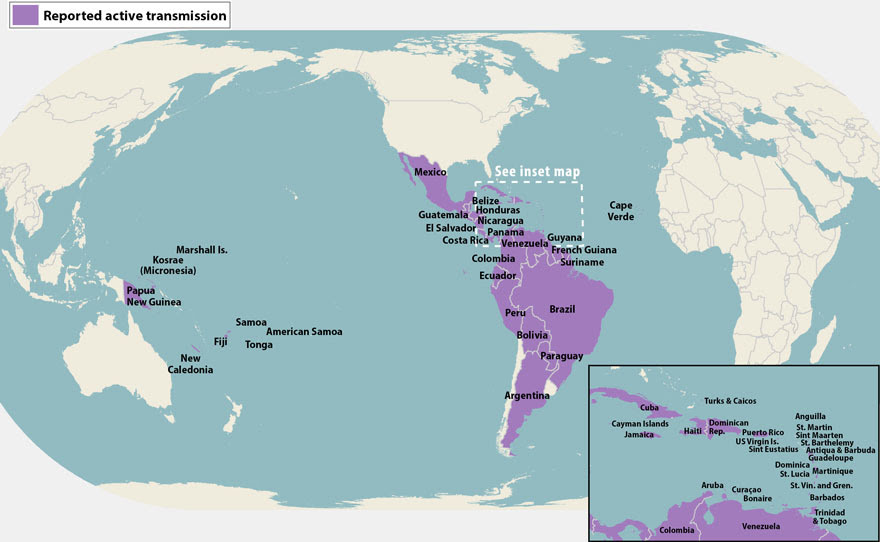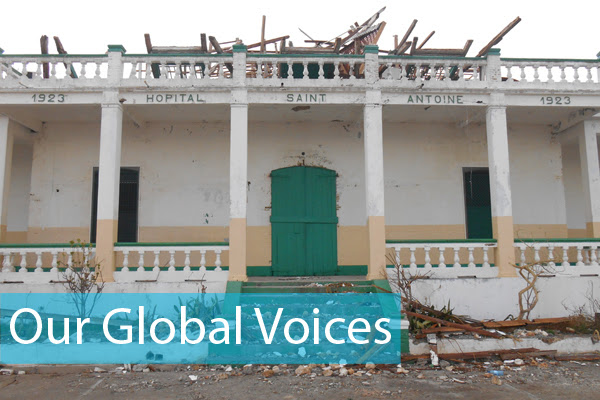
 |
| FEATURED PHOTO |
| Hurricane Matthew has had a devastating impact on Haiti, affecting 2.1 million people. CDC and partners are working hard to address the impact of the hurricane. View full-sized photo |
| Spotlighted Topic: Hurricane Matthew in Haiti |
| CDC Zika Updates |
| In the News |
| On the Calendar |
Spotlighted Topic: Hurricane Matthew in Haiti
| Blog | ||
| ||
| Infographic | ||
| ||

| Video | ||
| ||
| Story | ||
| ||
| CDC Zika Updates | |
|

On January 22, 2016, CDC activated the Incident Management System and, working through the Emergency Operations Center (EOC), centralized the response to the outbreaks of Zika occurring in the Americas and increased reports of birth defects and Guillain-Barré syndrome in areas affected by Zika. On February 1, 2016, the World Health Organization declared a Public Health Emergency of International Concern (PHEIC) because of clusters of microcephaly and other neurological disorders in some areas affected by Zika. On February 8, 2016, CDC elevated response efforts to a Level 1 activation, the highest response level at the agency.
CDC is working with international public health partners and with state and local health departments to
- Alert healthcare providers and the public about Zika.
- Post travel notices and other travel-related guidance.
- Provide state health laboratories with diagnostic tests.
- Monitor and report cases of Zika, which will helps improve our understanding of how and where Zika is spreading.
- More resources on the CDC Zika website »
| In the News |
| How Boko Haram Is Keeping Polio Alive In Nigeria NPR September 14, 2016 Polio Eradication’s Biggest Threats: Insecurity and Complacency Center for Strategic & International StudiesAugust 30, 2016 Video: Virus hunters search for the next deadly disease outbreak CNNAugust 23, 2016 Video: Investigating the world's deadliest diseases CNNAugust 18, 2016 Video: Virus hunters look for deadly diseases in bat caves CNNAugust 18, 2016 Video: How mosquitoes are threatening the health of horses CNNAugust 18, 2016 |
| On the Calendar |
| October: Breast Cancer Awareness Month October: SIDS Awareness Month October 24, 2016: World Polio Day October 29, 2016: World Stroke Day |





































No hay comentarios:
Publicar un comentario